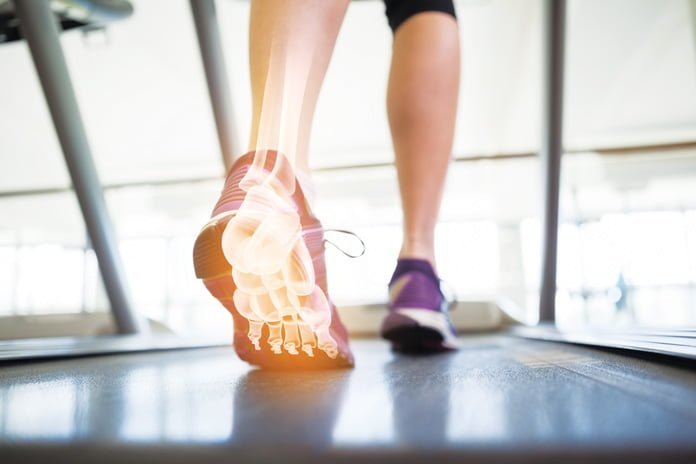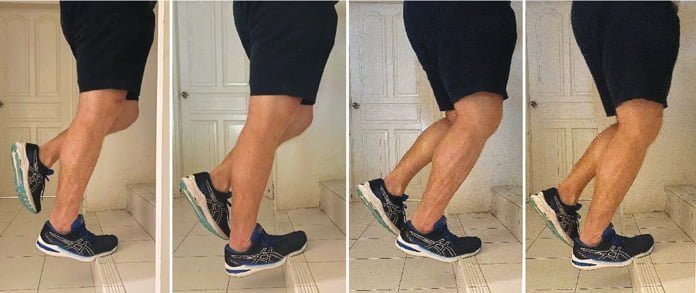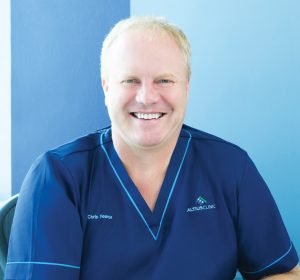- Sponsored Content

Most people make new year’s resolutions and commonly these are to do with getting healthier. There are no health-related downsides to stopping smoking, drinking, or eating junk food of course so if you have managed to stick to those great work! Increasing activity levels, especially running, however can have its downsides in terms of ‘overuse’ injuries if you go too hard and too fast too early.
Tendinopathies, (previously incorrectly called tendinitis) in the foot and ankle occur frequently. Plantar fasciitis, also known as policeman’s heel, is one of the commonest orthopaedic conditions affecting 10-15% of people in their lifetime.
What is the pathology?
All tendinopathies including patella tendinopathy (jumper’s knee), lateral and medial epicondylitis (tennis and golfer’s elbow), Achilles tendinopathy and plantar fasciitis have the same underlying pathology. Whenever we do any activity, we cause tiny tears in the tendon or fascia which should heal with good quality collagen fibres lined up along the lines of force. This is the natural process of turnover and regeneration of tissues. If we create these tears faster than they can heal, there is a breakdown in the healing process, and we end up with tendinopathy. It is similar to the mechanism of a stress fracture in the bone, just in the tendon.
- Plantar fasciitis
Plantar fasciitis presents with pain at the bottom of the heel. The pain is usually worst when first standing when getting out of bed or having been sitting for a long time. - Achilles tendinopathy
This may be at the insertion of the tendon onto the back of the heel bone or in the middle of the tendon (non-insertional tendinopathy). Interestingly, there is a big difference in the incidence according to ethnicity with 90% of Caucasians presenting with non-insertional and 90% of Asians presenting with insertional tendinopathy.
Treatment
- The first thing to do is to remove ‘training errors’ such as over-training. This may include changing your activity (e.g. swimming instead of running) until the injury has recovered.
Footwear is important; the major manufacturers produce running shoes that are designed for different foot shapes (high arch vs flat foot) and it is important to check that you are using the correct ones for you. - For plantar fasciitis, silicone heel cups and a Strassburg sock or night splint may be helpful. For Achilles issues, a heel raise is extremely useful.
Eccentric exercises are the key to getting the tissues to heal for both conditions with up to 90% of patients achieving success with this alone. It is worth having a physiotherapist supervise this. - Shockwave therapy for plantar fasciitis and non-insertional Achilles tendinopathy also has good evidence of success. Injections can have complications and are generally not useful other than in specific circumstances. Platelet rich plasma has been shown in several good studies not to work. If all else fails, there is the option of surgery, but it is rarely required.
Place your forefoot on a step and lower your heel all the way down 15 times with the knee straight and 15 times with the knee bent for three sets. Try to do this twice a day.


Dr Chris Pearce is an Orthopaedic Surgeon at Altius Clinic specialising in foot and ankle conditions. He is the author of several scientific studies, articles and book chapters on tendinopathies of the foot and ankle.
altiusclinic.sg

Altius Clinic Sports and Orthopaedic Surgeons
290 Orchard Road, #09-11/12 Paragon, 238859
contact@altiusclinic.sg
+65 8500 3961 +65 6970 1518








